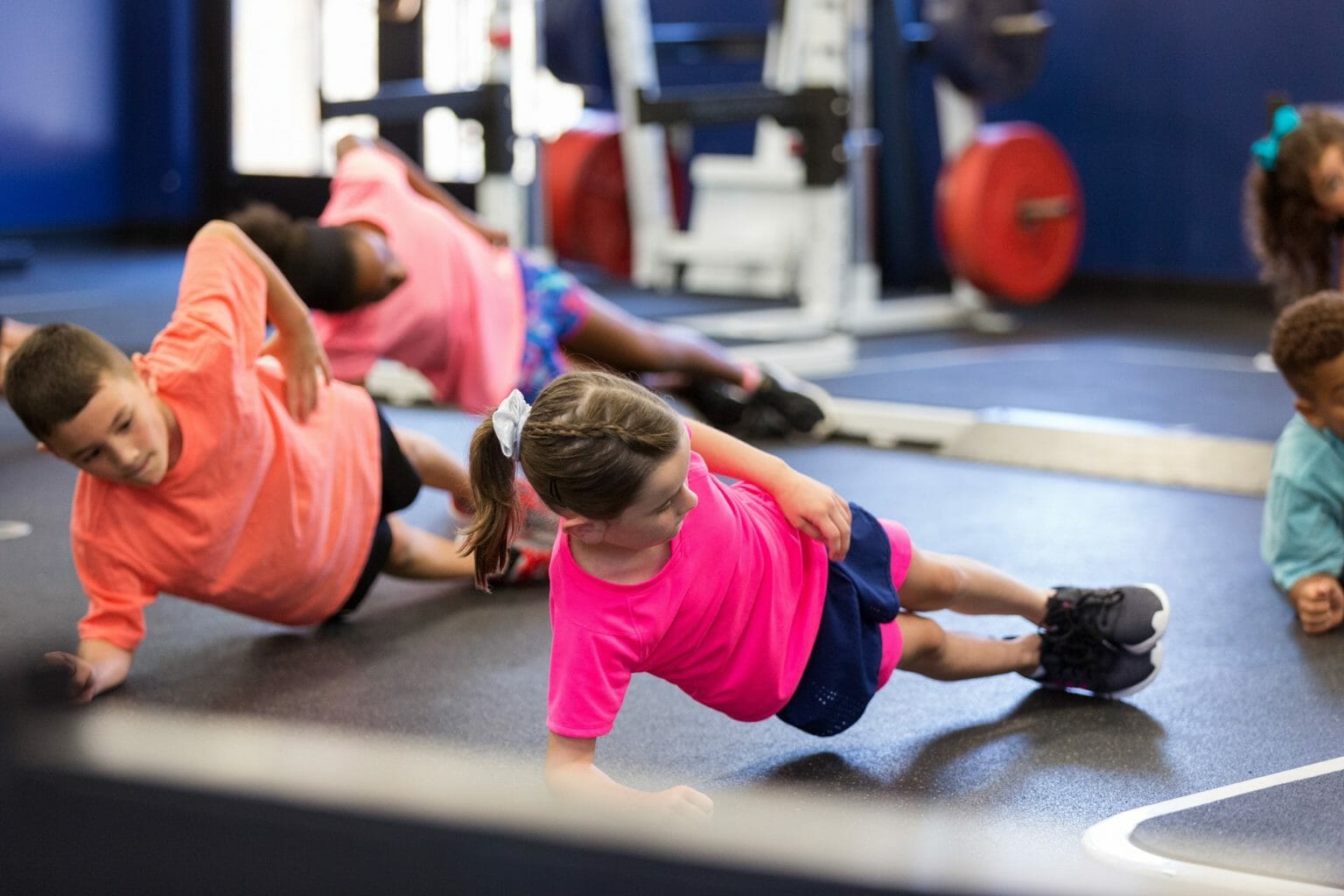The School Study Sparking Major Change

Previously published in Volume 82, Issue 4
In 2003, something big happened at my Naperville high school in Illinois. Harvard researcher John Ratey (who later wrote Spark: The Revolutionary New Science of Exercise and the Brain) visited our physical education staff and shared some findings that would change the lives of many of our students and turn the way we approached physical education in our school on its head.
Dr. Ratey discussed Brain Derived Neurotrophic Factor (BDNF) with us. This protein in the brain creates new brain cells as a result of cardiovascular exercise. This was a defining moment for me, and the beginning of major changes at our school.
Setting the stage for academic growth
That same year, our administration had introduced a literacy class to improve performances of students reading below grade level. The first year, data wasn’t collected but the staff anecdotally witnessed improved student performances.
When these two ideas merged—the literacy class and Dr. Ratey’s research on how exercise impacts brain function—things really began to take off.
In 2004 the administration of Naperville Central H.S. asked me if I’d consider holding a “zero hour” PE class before the start of the school day. They wanted the students involved in the lteracy class to be able to start their with an additional elective class. I agreed to do so, but on one condition: I wanted the literacy class to be held during the first hour of school day.
Based on Dr. Ratey’s neuroscience research, I believed having the physical activity class immediately before the literacy class would improve the students’ ability to learn.
What’s involved in an LRPE class?
We structured the Learning Readiness PE (LRPE) class like this: Generally, three days each week students were put through a cardiovascular workout. Using heart rate monitors, students are expected to be in the training heart rate zone of between 155 and 200 beats per minute, for between 20 and 35 minutes.
Two days per week students were engaged in other activities like rock climbing, gymanstics, swimming and team building exercises, to encourage fun and hard work. Students played smaller-group games including four-on-four soccer so everyone was engaged and active.
A team approach
Academic and PE teachers coordinated their efforts. On days when teachers scheduled tests, the LRPE class would engage in a cardiovascular workout. Students were also given an opportunity to prepare for the tests by either reading while using a cardio machine or doing a review quiz using movement. For example, a question would be placed at one end of the gym and students would race to the other side to confirm the correct answer.
First testing results
To prove that hypothesis we collected data. Using the Nelson-Denny reading test, students were assessed at the start and end of the semester. The Literacy class had a total of 16 students. Nine students chose to take the Zero Hour PE class and seven students did not. When we compared scores, the students who had a PE class later in the day improved the reading grade level by 0.9.
But the students who had Zero Hour physical education improved their reading level by an average of 1.4 years.
Growing the program
As you might imagine, people got a little excited when the results came in. The administration decided that every literacy program student would now start their day with a one-hour LRPE class.
In the program’s second year, the administration identified 48 students that needed the Literacy class. This meant the class would be held in sections. I suggested we take the study a bit further by scheduling the first literacy class right after the LRPE class, and the second class during the last hour of the school day.
Again, we assessed the students at the beginning and end of the school year. Using the same reading test, the students in the class right after LRPE class averaged an improvement of 1.5 years reading level, while the class at the end of the day averaged growth of 0.7 of a year. This time, we were really excited.
That year, we also involved a math class (Introduction to Algebra), scheduled for the third hour of the day, designed for students not ready to take Grade 9 algebra.
Half the students were identified as requiring special needs adaptations. Of the 24 students in class, 12 students took the LRPE and 12 had a regular PE class sometime after the math class. When we compared the test results from the start of the school year to the end of the first semester we found that the students in LRPE doubled the improvement of the students who had physical educaton afterward.
Motivated by our success, the school increased the number of LRPE classes to four, held throughout the day, scheduled an hour or two before either the literacy or math class. We continued to collect data for the next six years.
Over time, the literacy class students taking the LRPE class improved their reading levels by 53% to 56% more than students who had PE class after the Literacy class.
And in the math class, five years of data showed an even stronger result: Those taking the LRPE class showed performance improvements that were 93% better than those of peers taking PE after the class.
Spreading the word
Since those amazing results, I’ve done presentations in most U.S. states and in other countries, as well, including Canada. School districts in Illinois and around the country — 35 of them — have now implemented parts of our program. Here’s what they found: increased fitness, increased academic performance, better attendance and better behaviour in their school.
Educators from countries including China, Japan and Korea come to see us—countries we emulate because of their academic performance—come to see me to learn about our program.
It boils down to this, and science backs it up: A quality daily physical education program that is engaging and fitness based and strategically placed throughout the day is the most important aspect of a child’s day. Our children deserve to be healthier and achieve their academic potential. So it’s time to blow the whistle on schools who are cutting back on physical education, and make PE a core subject so it’s part of every child’s school day.
Watch Paul Zientarski’s TedTalk on his LRPE Program here:








